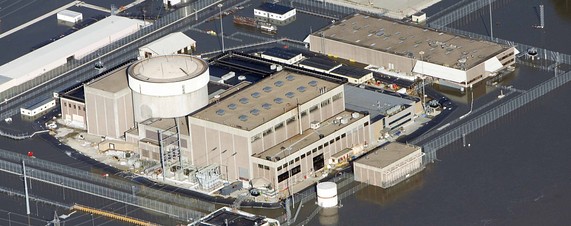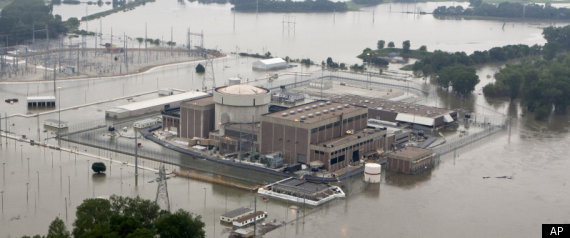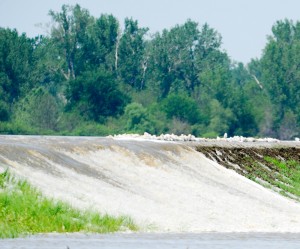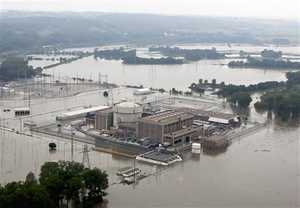
More than 400,000 people were urged to leave their homes amid flooding in Niigata and Fukushima prefectures [AFP]
– Floods threaten thousands in northern Japan (Al Jazeera, July 30, 2011):
One dead and five missing as heavy rains burst rivers and dykes in Niigata and tsunami-hit Fukushima prefectures.
Heavy rains have claimed their first victim in Japan, where the government has urged nearly half a million people to leave their homes amid flooding in the northern Niigata and tsunami-hit Fukushima prefectures.
River banks gave way to swollen rivers at several points on Saturday and more than 400,000 people were advised to head to evacuation centres.
As Al Jazeera’s Aela Callan reported from Yasuda city in Niigata prefecture, the worst-hit towns were swamped by water levels that reached as high as 12 metres. But she said the rain had stopped by midday and authorities predicted that the worst of the rains had ceased.




